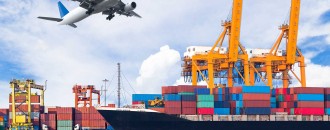Modi’s reforms get a thumbs-up, but GST and other reforms must be implemented to ensure long term growth says OECD
Bidhu Bhushan Palo | @TheDollarBiz

Increased productivity is the foundation for comparative advantage, says Ms. Catherine L Mann, Chief Economist, OECD (Pic. Source - OECD/Marco Illuminati)

Source - OECD
This article was published on November 21, 2014.

 Increased productivity is the foundation for comparative advantage, says Ms. Catherine L Mann, Chief Economist, OECD (Pic. Source - OECD/Marco Illuminati)
Increased productivity is the foundation for comparative advantage, says Ms. Catherine L Mann, Chief Economist, OECD (Pic. Source - OECD/Marco Illuminati) Source - OECD
Source - OECD





 to success.
to success.